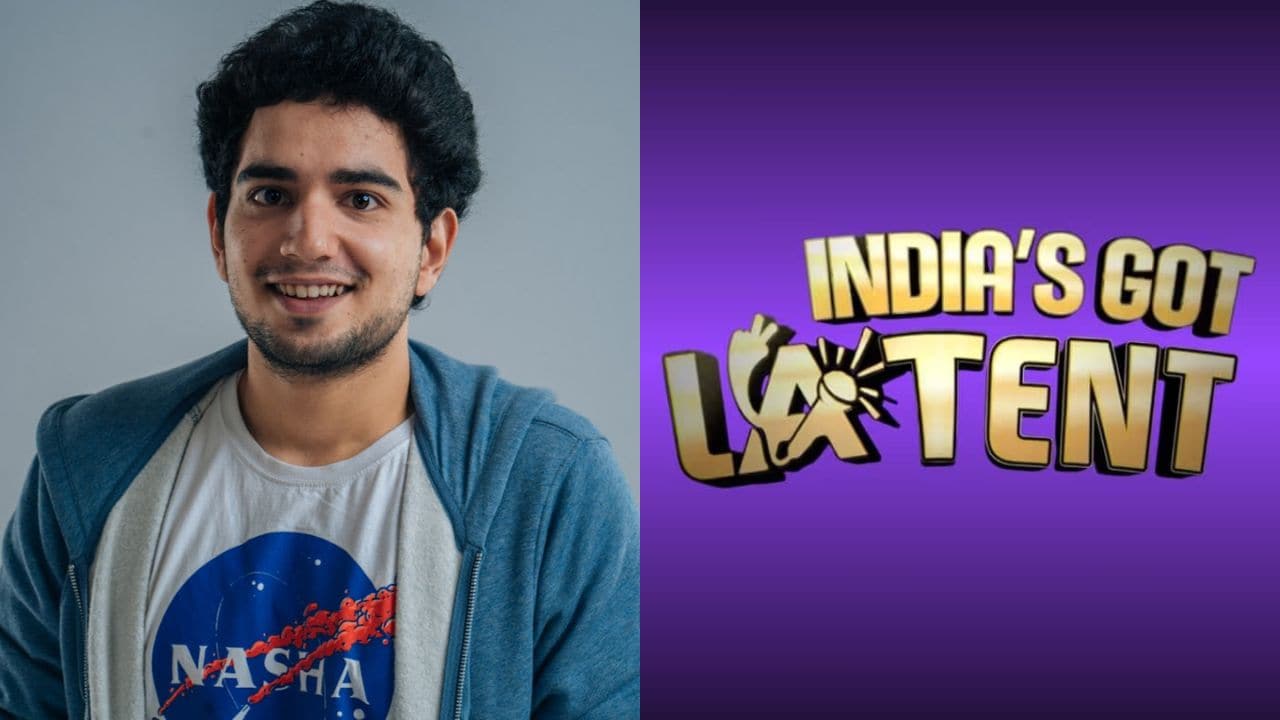Despite high viewership — as high as over 20 million views per episode — Samay Raina’s ‘India’s Got Latent’ (IGL) hasn’t seen much interest from big brands.
Given the controversial nature of the show, according to experts, the majority of the legacy and traditional brands are concerned about potential backlash or misalignment with brand image.
The comedian and content creator with 4.92 million YouTube subscribers — Raina introduced his show IGL in October which is a parody of the TV show India’s Got Talent.
A “pointless reality show” (as mentioned in its introduction), it has gained immense popularity on the internet, with a section of the audience also calling it out as ‘unnecessary, controversial and filthy’ in nature.
IGL might flaunt an enviable 25+ million views per episode, but for big brands, numbers alone don’t dictate decisions. The key lies in alignment with brand identity.
IGL’s sharp, self-deprecating humor, while magnetic for younger audiences, often conflicts with the polished, conservative tone that legacy brands meticulously maintain. Moreover, these brands seek a pan-India resonance, appealing to diverse age groups and geographies. IGL’s humor-heavy content, however engaging, skews urban and Gen Z/Millennial, potentially alienating other segments, highlights Ambika Sharma, founder and chief strategist, Pulp Strategy.
Risk aversion also plays a significant role.
Big brands shy away from associations that could invite backlash, and edgy content often treads a thin line.
Add to that the challenge of ROI measurability—a comfort zone traditional platforms offer—and the hesitation becomes clear.
“Sponsorships need to feel safe, scalable, and universally relevant, a space where IGL doesn’t always fit,” she remarks.
“Not every brand has the gumption to appear on a comedy show. It’s easy for a comedian to become controversial overnight. The brand needs to prepare to be roasted which they might not want to be. Even his sense of humor and language might put them off,” adds Nisha Sampath, managing partner, Bright Angles Consulting LLP.
Latent Got The Talent
Petal Gangurde, chief of brand and culture at XYXX Apparels begs to differ.
Whether or not a brand is willing to sponsor really depends on who the bulls eye TG for the brand is, she says.
“I think it’s a huge opportunity for brands who operate in mass market categories especially to craft a distinctive narrative. In the age of creators defining brand imagery and reels driving virality for a brand, marketers simply need to let go of the old-school tropes of brand imagery and embrace that brand discovery now happens on shows like IGL,” she notes.
The brand couldn’t secure the sponsorship deal this year (for around Rs 35 lakh per episode).
“New-age media and marketing is not for the faint-hearted. Brands have been slow to adapt to the content dominance and not collaborating with an IGL is just one example of brands missing out on an opportunity for awareness.”
According to Gangurde, marketers have shown herd mentality – do your research, set a strategy, attempt to stick to it – and they are still the brands doing one TVC a year and periodically making badly designed versions of it for digital platforms so they have a long way to go.
Rajat Jadhav, Co-founder and CEO of sexual wellness Bold Care believes that the show presents an opportunity to test uncharted waters, and the brand has seen extraordinary results with the sponsorship.
“We’ve seen significant growth in our quick commerce channels, heightened brand visibility, and valuable insights into content-driven marketing strategies. Long-format YouTube IPs like IGL are showing signs of becoming the TV shows of the future. We derived maximum impact from each rupee spent.”
According to Jadhav, for a niche like sexual wellness, humour is an invaluable tool, which allows brand to engage audiences in a way that feels approachable and relatable, even with a topic that people may find difficult to discuss openly.
Bold Care itself made headlines for its advertising starred Ranveer Singh along with a porn star in a spoof of Indian TV soaps.
To engage with younger audiences, brands with the likes of Spinny and WokTok have also leveraged the show’s unique concept, getting roasted by the contestants, and creating memorable moments.
Brands Leverage Self-Deprecating Humour
Given that traditional advertising is dead, brands today need to associate with content that makes waves.
According to experts, Raina’s IGL offers a unique opportunity for brand collaboration that is authentic and truly entertaining. The show certainly puts the spotlight on the brand in an irreverent way.
“Brands can allow for spoofs to be made on their own ads or they could also get the talent and judges to test their product claims or they could use consumer insights and get the show to create relatable content for their audience,” says Gangurde.
“Self-deprecating humor, the hallmark of IGL, is a goldmine for brands aiming to connect with younger, digitally native audiences. For challenger brands or D2C players, it’s a chance to carve out a distinct, relatable identity that feels bold and human,” adds Sharma.
A Tight Rope
Controversial shows like IGL walk a tightrope, say experts. For brands, it’s a high-risk, high-reward scenario. Humor that connects with one segment may alienate another, especially when boundaries are pushed.
Legacy brands, with their expansive consumer base, are cautious of reputational risks that could overshadow their marketing wins.
However, for agile, emerging brands, these risks may align with their disruptive DNA. A well-thought-out integration that contextualizes brand messaging—focusing on IGL’s less edgy segments, for instance—can mitigate risks while amplifying relevance, shares Sharma.
The decision is less about the controversy itself and more about whether the brand’s tone, values, and audience sync seamlessly with the show.
